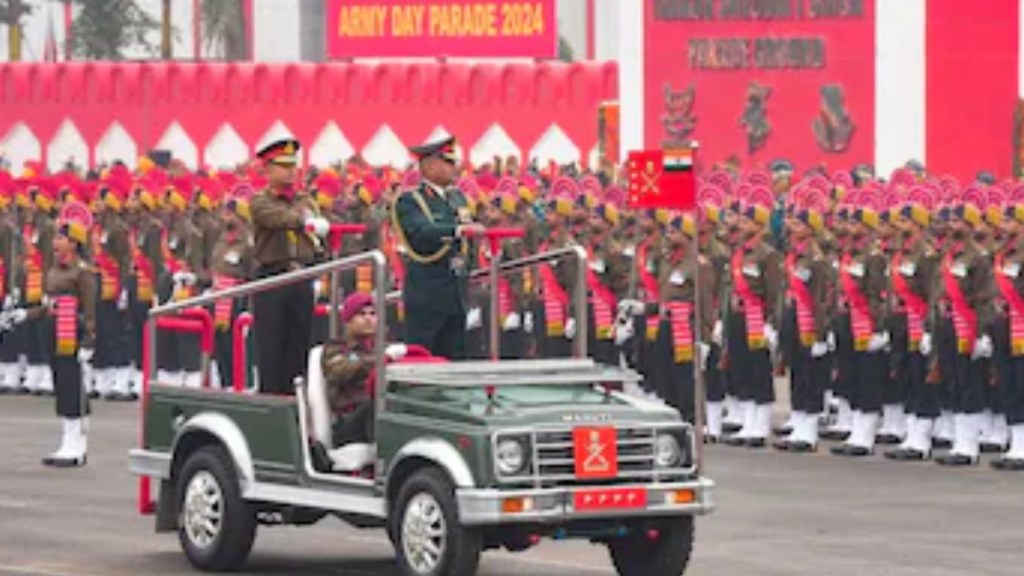As the year comes to an end, the Indian Army finds itself at the intersection of transformation and vigilance. In 2024, the force has not only held its ground in securing India’s borders but has also taken significant strides in modernisation, indigenisation, and international defence cooperation. Here’s a look at the Army’s key achievements and challenges over the past year.
Bolstering Border Security
The situation along India’s northern and western borders continued to demand attention. On the Line of Actual Control (LAC) with China, the Army maintained an enhanced deployment, integrating advanced surveillance tools such as drones and high-altitude radars. These measures proved critical in areas like Ladakh and Arunachal Pradesh, where tensions with China persisted.
In October, a breakthrough was achieved with the implementation of a disengagement agreement between India and China in Ladakh. This marked a step towards de-escalation after years of standoff since the 2020 Galwan clashes. While both sides began withdrawing troops from key friction points, the situation remains fragile.
On the Line of Control (LoC) with Pakistan, the Army thwarted multiple infiltration attempts while stepping up counter-terrorism operations. Efforts like Operation Trishul disrupted militant activities, reflecting the Army’s commitment to stabilising Jammu and Kashmir.
International Engagement
The Army’s active participation in joint exercises and defence diplomacy reflected India’s growing stature as a regional power. Key engagements included:
Exercise Yudh Abhyas-2024 with the United States, focusing on mountain warfare.
Exercise Dharma Guardian with Japan, aimed at fostering interoperability in the Indo-Pacific.
Participation in the SCO Peace Mission, showcasing India’s commitment to multilateral security.
Training programmes for personnel from partner nations further reinforced India’s position as a leader in defence cooperation.
Humanitarian Assistance and Disaster Relief
From rescuing civilians during the devastating flash floods in Sikkim to deploying teams for earthquake relief in Turkey under Operation Dost, the Indian Army demonstrated its commitment to humanitarian causes. Domestically, the Army’s engineers were pivotal in rebuilding infrastructure damaged by natural calamities.
Inclusion and Empowerment
The Army broke new ground in inclusivity with the appointment of Lt Gen Anjali Chauhan as the first woman Corps Commander. Women also took a major step forward with the induction of the first batch of female cadets at the National Defence Academy (NDA), setting the stage for expanded roles across various divisions.
Challenges and the Way Forward
Despite its successes, the Indian Army faces pressing challenges. Budgetary constraints continue to impact the pace of modernisation, while threats from cross-border terrorism and asymmetric warfare remain persistent.
As the Army prepares for 2025, priorities include the full implementation of Integrated Theatre Commands, operationalisation of indigenously developed platforms, and greater focus on emerging domains like cyber and space warfare.
What’s Next
In 2024, the Indian Army has not only defended India’s borders but also evolved to meet the demands of a rapidly changing security landscape. With its focus on modernisation, inclusivity, and international cooperation, the Army is poised to remain a cornerstone of India’s strategic and operational preparedness. As it looks ahead, the challenges are many, but so are the opportunities for growth and transformation.

